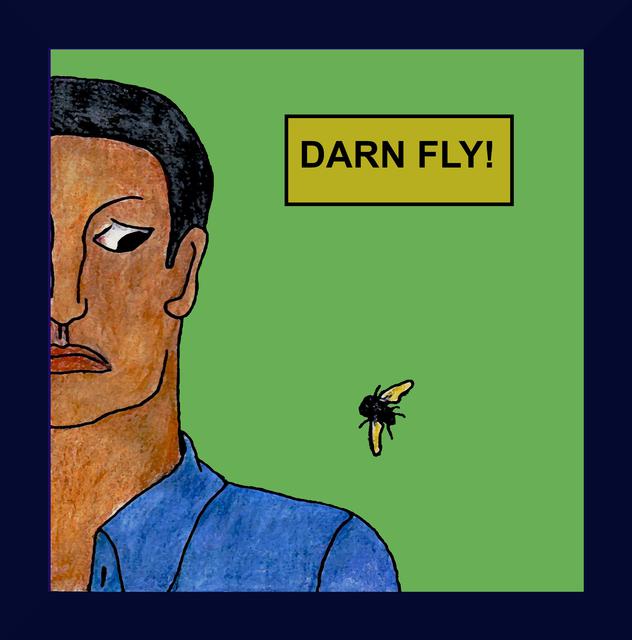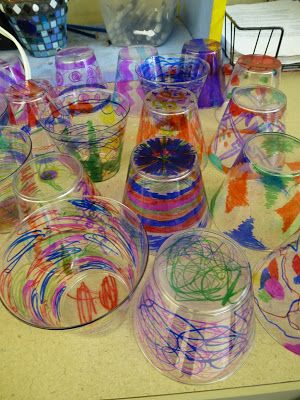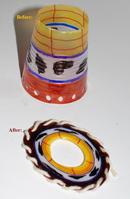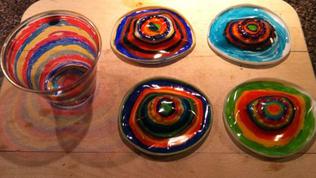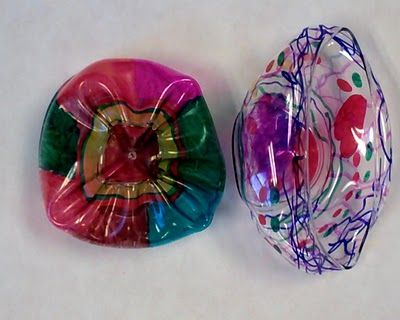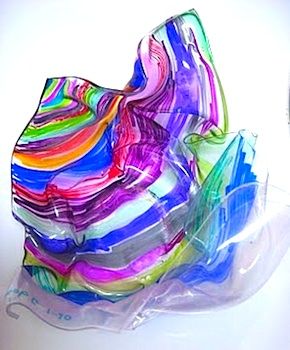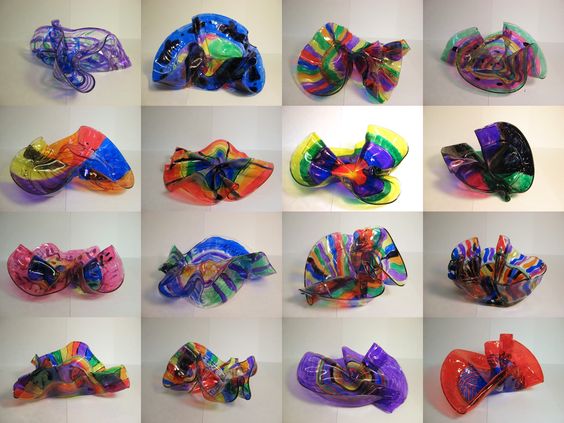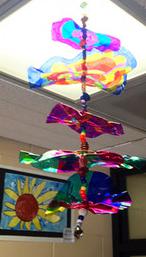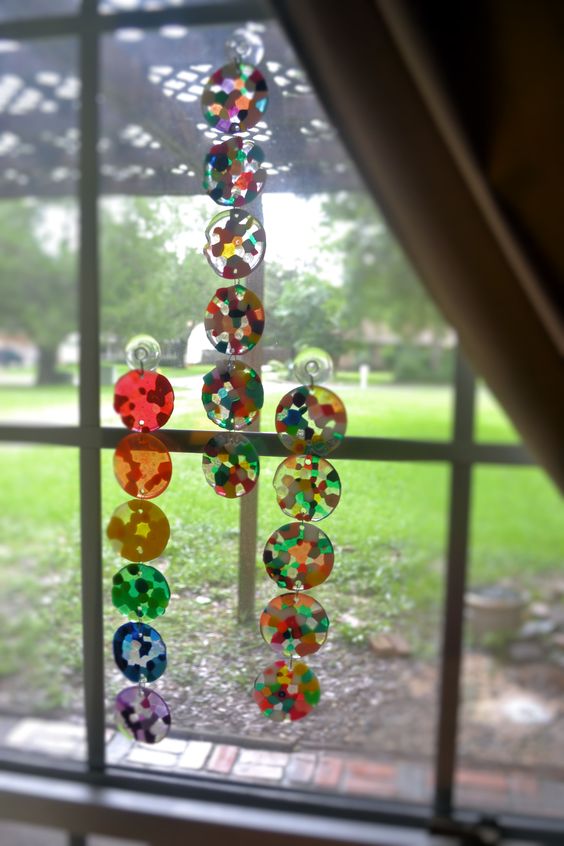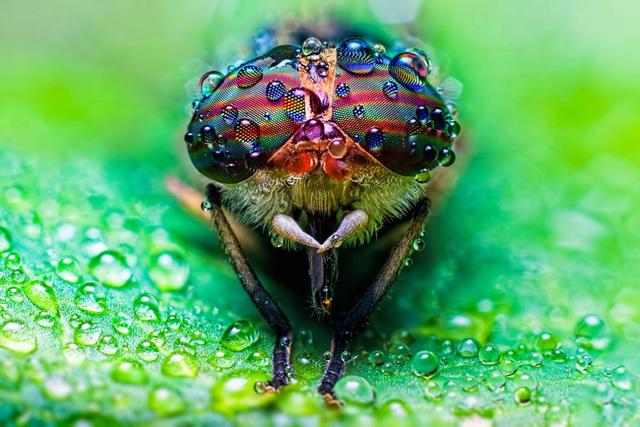Lesson Plan
THEATRE GAME
Improves teamwork and attention to detail
"The Wall"
Depending on the size of the class, five to ten students line up facing forward. They must be very close to each other, shoulders touching, arms straight down. If you have a large class you may have about three of these "walls", with three students as "guards" who will try to see what is behind the wall.
ONE: Before starting the exercise, practice walking forward, backwards and side to side as if one unit. You will say which way to move. This must be done slowly so nobody falls.
TWO: Have one group stay onstage and choose a student to be the "guard". S/he must walk up to the "wall" (not too close) and try to see around it. If the guard walks to the left, the wall must move left as a unit. If the guard tries to go around, the wall must continue to block the guard's view. If the guard tries to look above, the wall must go on tiptoes. The guard must not run, but casually walk around, pretending not to be interested.
PHONICS, VOCABULARY and IRREGULAR VERBS
(Please refer to the Sample Lesson Plan for the exercises)
Flake, Fled, Fling, Flow, Flung - Fade, Fed, Fill, Fork, Fudge
Flow, Tow, Crow, Mow, Flow, Doe, Go, Hoe, Low, Row, Sew - Cow, How, Bow, Dow, Now, Plow, Vow
CONJUGATE: To buy, To catch, To leave
IMPROVISATION/ DIALOGUE
A picks up a heavy (imaginary) box to carry it to another spot, grumbling how the "Boss" makes him/her work overtime. It is very heavy, and when A sees B just lounging around doing nothing (maybe reading a newspaper), A calls him/her to help. So, each on other side they carry the box, except B is very clumsy and (intentionally of not) drops his/her side of the box.
C passes and decides to help. A doesn't want help. B says on the contrary, yes, they need help. B lets C take his/her side of the box and walks away, except a fly has decided to land on his/her nose. So...
While A and C put everything back in the box and struggle to walk away, B is trying to get the fly away from his/her nose.
First, B must follow the fly with his her nose, so the audience can see there is a fly. For example have it turn in circles around the face. Then B must try and wave it away with robust gestures.
The opposite levels of energy, between the heavy box carriers and the actor trying to rid him/herself of the fly, is quite entertaining.
Stained glass mobile
Supplies needed:
A baking tray
"Pam" spray
Permanent colored markers
Clear plastic cups
Something to punch a hole.
Color the cups
Spray the tray. Let the cups melt (a few minutes) in an oven or microwave.
Either pat the cups down flat, or let the forms be as they are.
There are several ways to mount them, place them near a light source for best effects.
Poem
by Mary Howitt (1799-1888)
“Will you walk into my parlor?” said the spider to the fly;
“’Tis the prettiest little parlor that ever you did spy.
The way into my parlor is up a winding stair,
And I have many pretty things to show when you are there.”
“O no, no,” said the little fly, “to ask me is in vain,
For who goes up your winding stair can ne’er come down again.”
Tongue Twister
The flamboyant fly flew over the flag and fell flat on his face!
The robber robbed the red rubber from the road and ran right into the rail.
Song
"Shoo Fly Don't Bother Me"
By T. Brigham Bishop (1869)
Shoo, fly, don't bother me,
Shoo, fly, don't bother me,
Shoo, fly, don't bother me,
For I belong to somebody.
I feel, I feel, I feel like a morning star,
I feel, I feel, I feel like a morning star.
Oh, shoo, fly, don't bother me,
Shoo, fly, don't bother me,
Shoo, fly, don't bother me,
For I belong to somebody.
FLY FACTS
Over 100,000 species of flies live on earth.
Flies lay their eggs on fruit, food, and rotting flesh. Their larvae are known as maggots. ...
Flies don't have teeth
Flies like to eat animal poop or old garbage. This is a good thing as it keeps poop and rotting food from festering.
They are an important part of the food chain as birds and other insects eat them.
A fly has two compound eyes and each eye is made up between 3,000 and 6,000 simple eyes. ... Flies also have three simple eyes in between the compound eyes called ocelli. The ocelli act like a compass to let the fly know which way is up.
